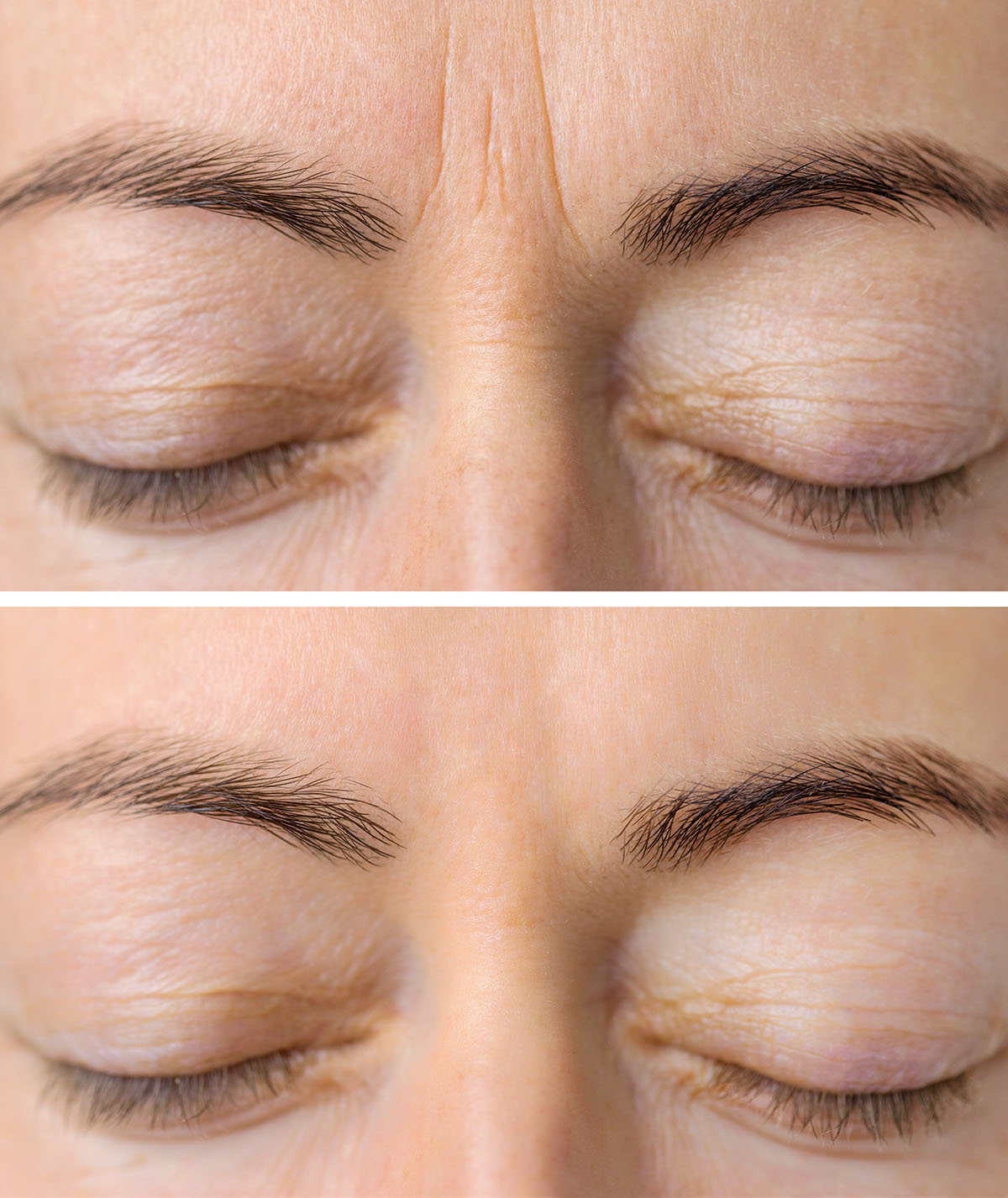
Surgery for Drooping Eyelids Can Take Years Off Your Appearance
Originally Posted On: https://www.sacramentosurgicalarts.com/dental-and-cosmetic-surgery-blog/surgery-for-drooping-eyelids/
Surgery for drooping eyelids, or blepharoplasty, removes excess skin from the upper and lower eyelids. It also reduces the undereye “bags” many people develop as part of the natural aging process. There are a number of reasons people undergo eyelid surgery. Some people undergo the procedure for the treatment of drooping eyelids strictly for cosmetic purposes. Others may have the surgery performed out of medical necessity. If you’ve been considering undergoing surgery for eyelid drooping but aren’t sure what to expect, read on to learn more about treatment for drooping eyelids.
Causes of Eyelid Drooping
As we get older, our eyes are one of the first places to show the signs of aging. When collagen production slows down, our skin gradually begins to lose elasticity. As a result, upper eyelids may start to droop and obstruct vision, the skin under the eyes may crinkle and hollowness with bags may form.
Surgery for Drooping Eyelids
Eyelid surgery can be performed in a number of ways. Each type of surgery addresses a specific concern. Upper blepharoplasties are performed for patients who experience excessive hooding of their upper lids. Drooping eyelids are most common in older adults.
Lower blepharoplasties are performed to help reduce the appearance of dark circles, hollowness under the eyes and under-eye bags.
Suitable Candidates for Drooping Eyelid Surgery
Suitable candidates for both upper and lower blepharoplasties should be in good health, be non-smokers or willing to quit and, most importantly, have realistic expectations of the final results of cosmetic surgery.
Most patients are over 35 years old. However, it’s possible to have premature drooping and sagging as early as your twenties. This is especially common in people whose family members have had treatment for drooping eyelids.
Risks
While both upper and lower eyelid blepharoplasties are relatively safe procedures, there are risks involved, as with any medical procedure. In addition to the risk of bleeding and poor healing, suitable candidates also need to consider the risks of anesthesia. Usually, if needed, the surgery can be performed under local anesthesia with IV sedation. Many patients undergo the procedure with only local anesthesia. This means the surgical areas receive injections of anesthetic. Though with some of our more complex cases and facial surgery patients we use a full anesthetic.
Although rare, some of the less common risks of having eyelid surgery include:
- Excessive bruising
- Bleeding
- Infection
- Unflattering result
- Dry eyes
Preparing for Surgery
The first step to having a blepharoplasty is meeting with a doctor for a consultation. Together, you and your doctor will review your medical history, your expectations, and the proposed procedure. You’ll be asked to discontinue blood thinners, over-the-counter pain relievers and other medication that causes blood thinning prior to the surgery.
Day of Surgery
If not combined with other procedures like facelift surgery, most patients can undergo a blepharoplasty on an outpatient basis. You will need to arrange for someone to drive you home afterward.
Your surgeon preps you for surgery and then injects a topical anesthetic. A very small cutting tool is used to remove any excess skin from your upper and lower eyelids once the area is numb. Many patients choose to combine their procedure with CO2 lasering, which helps to tighten the skin even more.
Depending on the type of blepharoplasty you have, the surgeon will then place very fine sutures within the lash line. If your surgeon takes a transconjunctival approach, they’ll make an incision inside the eyelid to remove excess fat pads and then reposition the skin for a tighter, smoother appearance.
Recovery
You can expect a recovery period of 10 to 14 days. During this time, any swelling, redness, and discomfort will slowly subside. You will return for a follow-up appointment to ensure you are recovering as expected. The final results of the procedure are evident immediately afterward and continue to improve as time passes.
We are here to help if you’ve noticed that you’re looking tired even after good night’s sleep or think that your eyes are making you look older than you feel. At Sacramento Surgical Arts, we pride ourselves on helping patients look younger and more refreshed. Contact us at 866.930.5837 and say farewell to tired-looking eyes.
